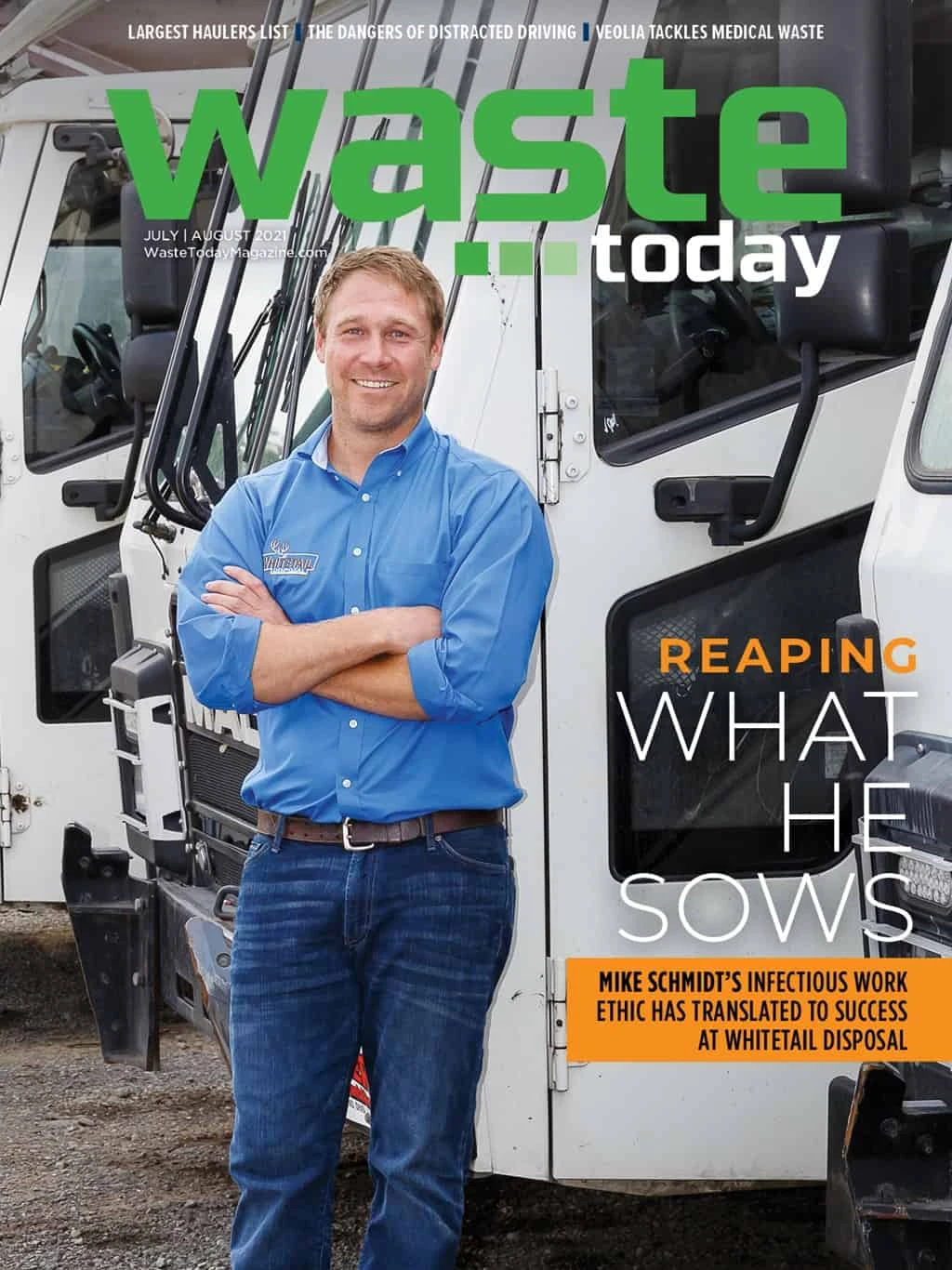
Every year across North America, the end of May means move-out season for many college students. As a resident of a college town in the Northeast, I knew the time was coming late this spring, but after all was said and done, I was not prepared to see my quaint town buried under so much stuff. Like other college towns, students rent houses throughout the downtown area. In my neighborhood, every block had at least one house with 10-plus garbage bags in front of it. This made me ask, “Why do we get rid of stuff on a seasonal basis, and what stuff are we getting rid of exactly?”
Looking around my apartment, I observed my stuff typically falls into one of three categories: impulse purchases, gifts from others, and necessities. Items in each of these categories have their own lifespan determined by their value and function. For me, impulse purchases typically have the shortest lifespan, gifts the longest, and necessities have a range somewhere in between.
Sometime in my early 20s, I discovered a documentary on minimalism—the art of living with less. I became hooked on the idea of reducing the amount of stuff I owned. I limited my impulse purchases, sported a utilitarian wardrobe, and weighed the usefulness of a purchase for weeks before actually bringing it home. The one area of accumulation I could not seem to control, however, was gifts. With every birthday, holiday and major life event, I received more and more gifts from family and friends. Despite my best efforts, trying to convey my desire for a minimalist lifestyle was futile. I loved the meaning and good intentions behind the gifts, but soon, many items I owned were knickknacks, or as my grandmother calls them, “dust collectors.” Even when these items may hold relatively low material value, I tend to keep gifts for much longer than impulse purchases because of their sentimental value.
Assuming others are like me and tend to hold onto sentimental stuff, the question begs, “What do we keep throwing out year after year en masse?”
After a brief walk-by examination of the local move-out trash this spring, I observed that most bags were mixed trash that included recyclables, old food and unwanted items like clothes hangers, broken mirrors and abandoned shower caddies. Relics of college life abounded—the mass-produced, cheap, brightly colored items that are a staple for every dorm room or first-time apartment. Unfortunately, their affordability and ease of replacement also make them a staple in the overflowing trash bins each year.
We now live in a world where in just a few clicks of a keyboard or phone, we can have a similar or perhaps even better item delivered to our doors almost instantly. As an item’s replaceability increases, the resistance to tossing that item decreases. This might be a key reason so much of our stuff is left behind in those early college/young adult/rental years. In essence, the ease of replacement makes the value of the item plummet.
But it is not just college students to blame for this seasonal explosion of waste. According to a survey done by The Cleaning Institute, 69 percent of households partake in spring cleaning every year, and only 10 percent of households never spring clean. That equates to a lot of waste generated on an annual basis.
The good news is people are still donating items, and the COVID-19 pandemic brought an uptick in donations at secondhand stores, those free-cycling and selling through local neighborhood apps, as well as those selling more valuable items on eBay, Nextdoor or Facebook Marketplace. The stay-at-home orders forced us to do something we have never done for extended periods: confront our living space and our propensity for embracing a “more is better” sensibility of material ownership.
As we return to life as normal, will we go back to our old ways? Will the cycle of purchasing and purging continue? As someone who has failed and restarted the minimalist lifestyle more than once, I think the answer is unfortunately, yes. Unless we are constantly forced to evaluate ourselves, we will be cleaning in spring and buying in summer, all the while wondering why we don’t have more space for our stuff.

Explore the July August 2021 Issue
Check out more from this issue and find your next story to read.
Latest from Waste Today
- Startup proposes medical waste facility in Alabama
- Mount Vernon, Ohio, city council tightens waste hauling regulations
- Retail associations sign MOU to form producer responsibility organization for textiles in California
- Republic Services partners with EDL to provide RNG for San Antonio buses
- WM opens 12 recycling facilities in 2024
- Plastics recyclers report difficult conditions
- BTS Bioenergy opens Maryland Organics Recovery Center
- Meadow tabs aluminum as key to boosting beauty sector recycling





